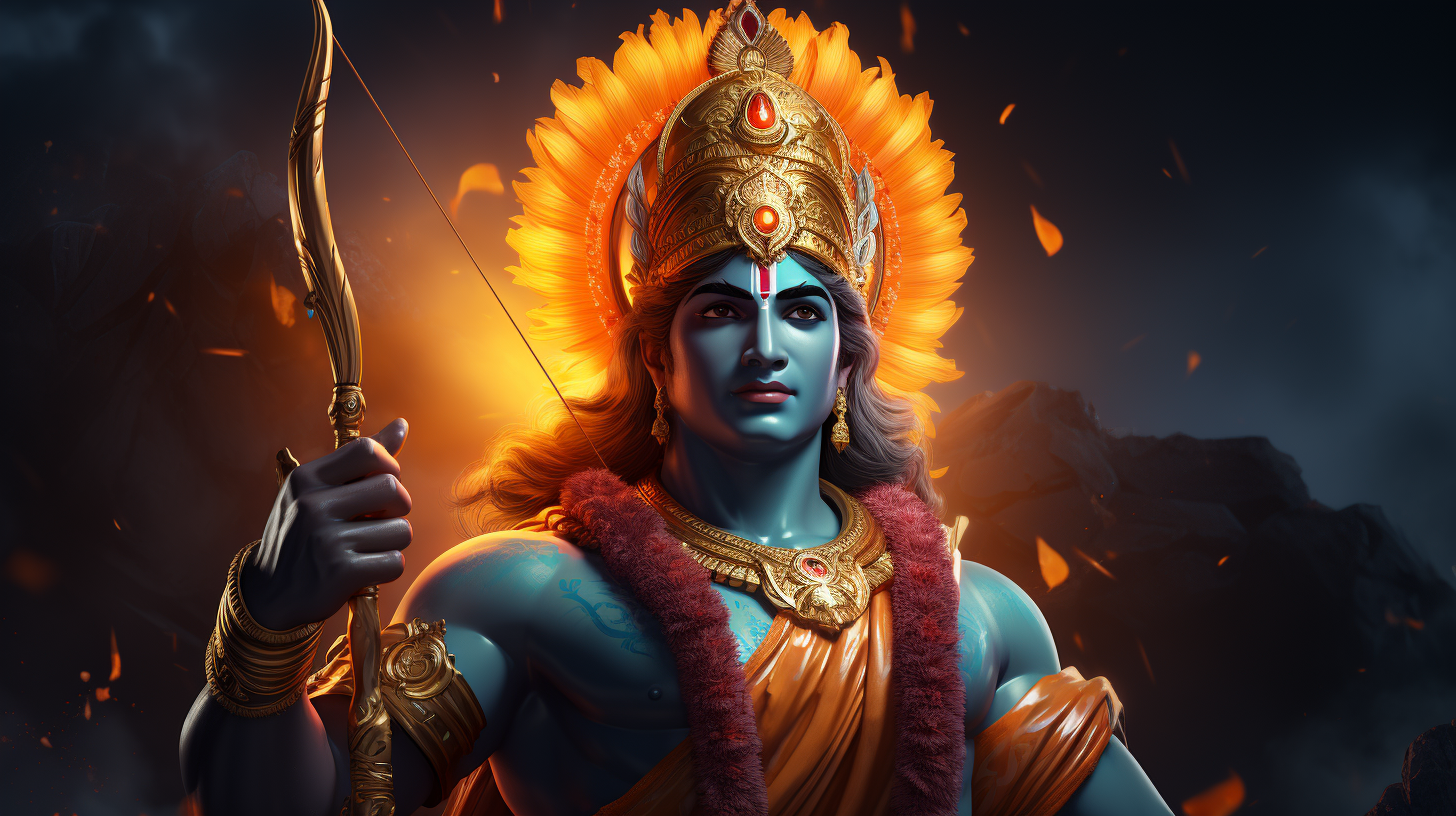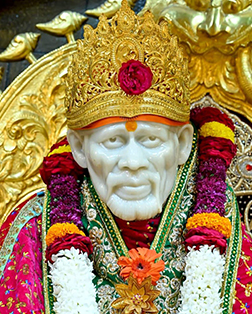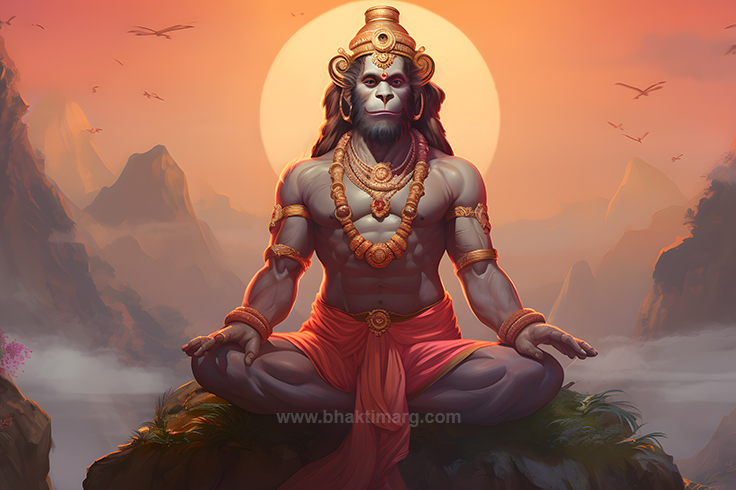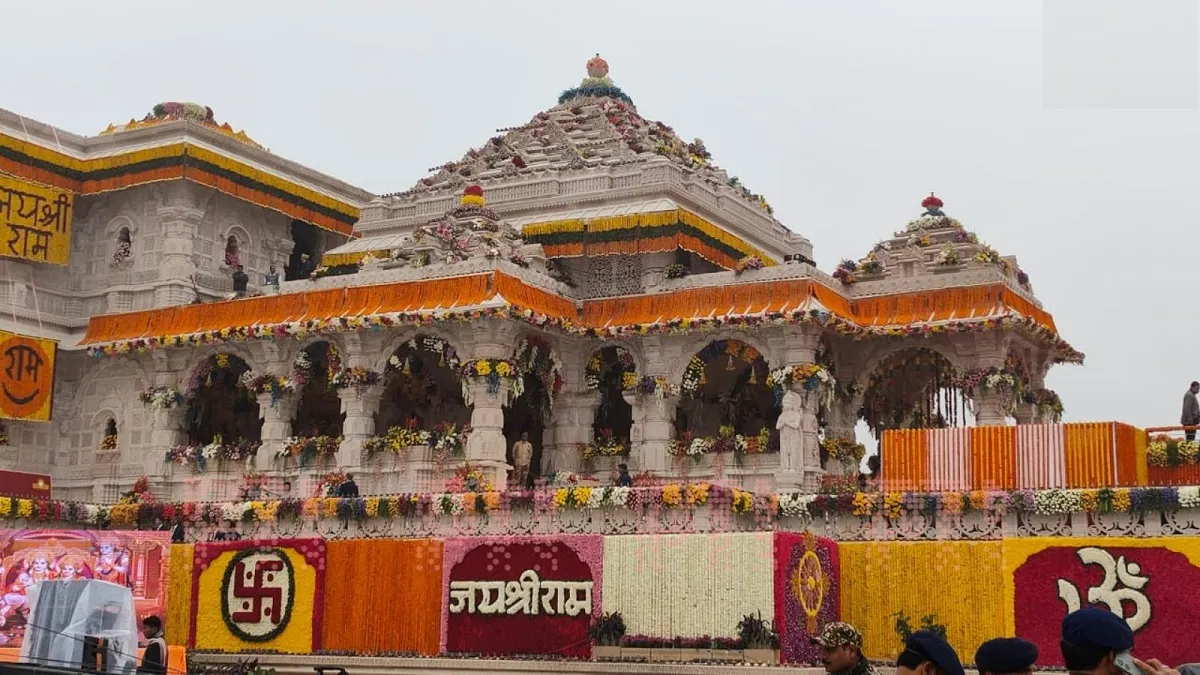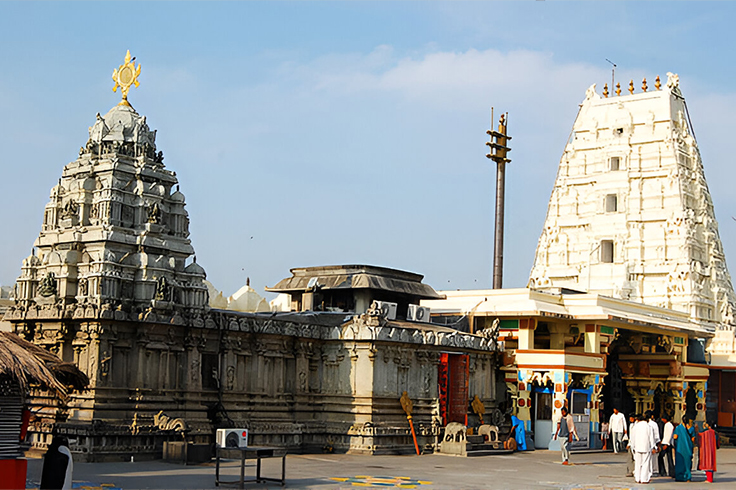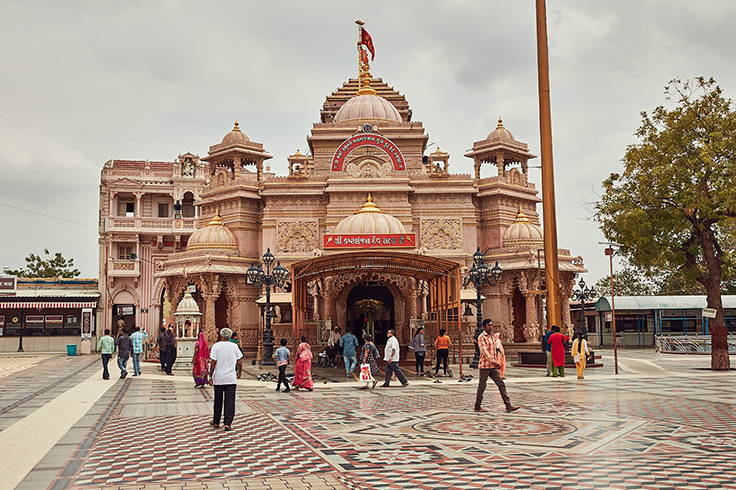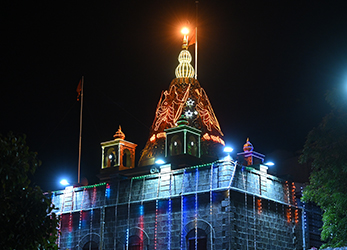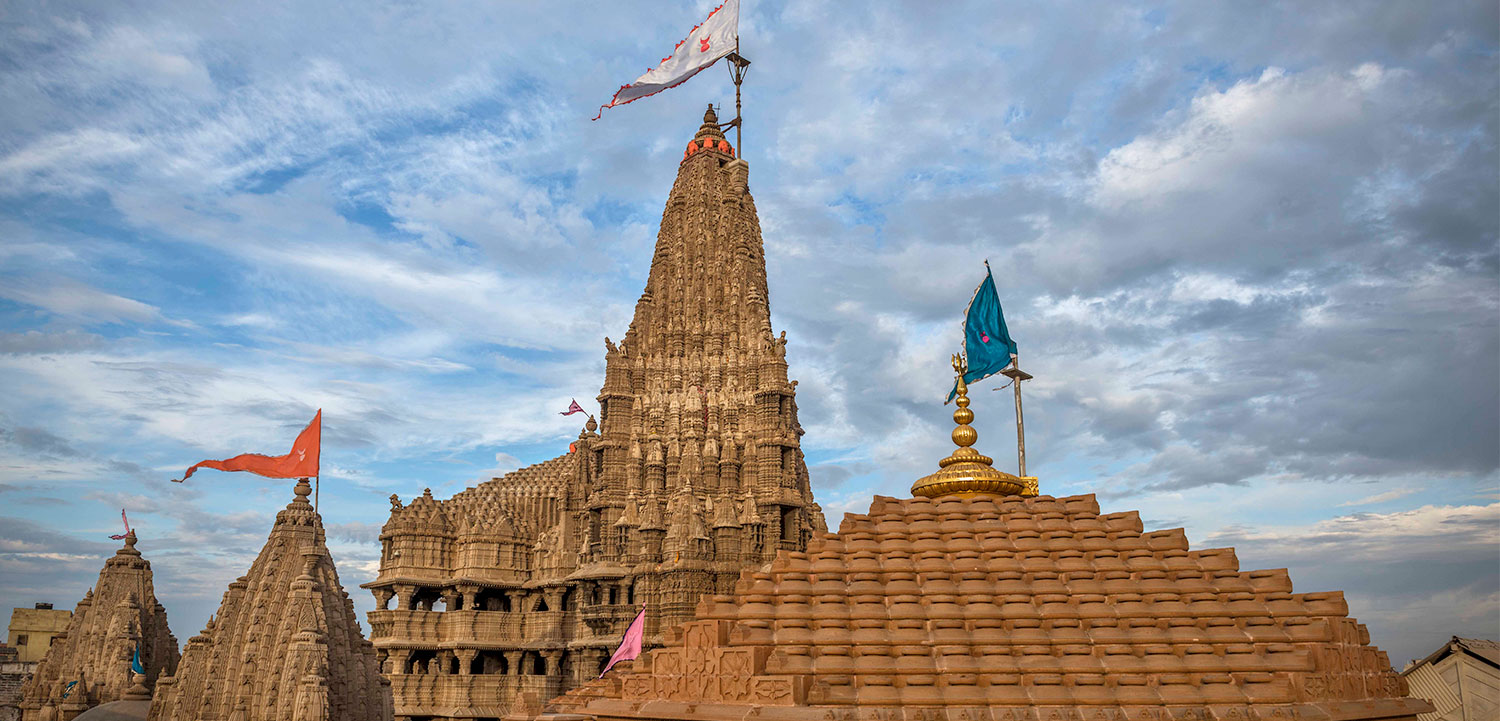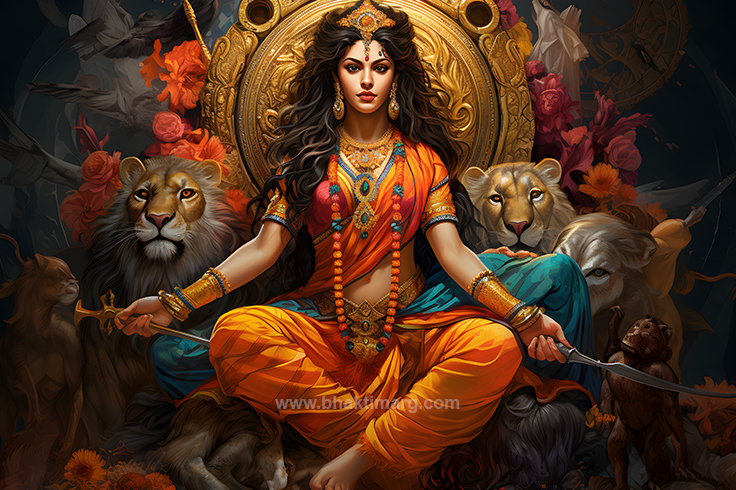
Navratri 2023: The 9 Colors of Navratri & Their Significance
Navaratri is a festival celebrated in honor of the nine avatars of Goddess Shakti the eternal partner of Lord Shiv. Scriptures mention she is the energy source of the universe, she is the substance, the nature, or the divine feminine. Shaktisim one of the major sects of Hinduism worships the Adiparashakti as a central deity in several forms. They consider the Mahadevi the supreme godhead who is the resourceful power energizing the material world. Navaratri festival is celebrated pompously among the Shaktas.
Significance of Navratri Festival:
The Navaratri Festival is all about celebrating the 9 Avatars of Goddess Shakti all having their own attributes and significance in the play of universe. Some scriptures mention the events of Goddess Durga concluding the battle with Mahishasur the buffalo demon who was deceptive and extremely powerful obtaining a boon from Lord Brahma. It is said that during the nine days of Navaratri Adiparashakti took Durga form to defeat the demon protecting the people and herself from his tyranny invoking her inner power when her husband was in Yoga Nidra.
Another story mentioned that during Navaratri Goddess Durga leaves her abode and descends on Earth. This in many areas is celebrated with a sacrificial offering of animals on the tenth day of the Navaratri Festival, Vijaya Dashmi when Adiparashakti finally overcame the demons. This ritual is a tradition believing that the demons would scatter with the blood smell and leave a way for the goddess to ascend her throne again.
Another story is simply the Goddess Shakti in her nine different forms visiting the Earth for her devotees establishing the righteousness in the world and aiding her worshipers. The tenth day is celebrated as Vijaya Dashmi in Navaratri Festival in many states depicting the victory of Lord Rama from the demon king Ravana.
There are many such legends and stories mentioned in different scriptures and believed in different cultures with the deferring times Navaratri festivals are celebrated in different cultures differently. Even so, the biggest significance of Navratri is to celebrate the feminine power to depict that women are not a weak existence depending on anyone. Rather, the strong force that can destroy the being offending her with the worship of the Supreme Goddess.
Celebration of Navratri Festival:
Navaratri is a Hindu festival that is celebrated for a span of nine nights where the Goddess Durga is established in local homes and praised with traditional rituals. The goddess is said to be residing with the people for those days. The Navaratri dates fall generally from September to October which is called Sharada Navaratri in Hinduism. There are other three Navaratri occasions namely Chatra Navaratri which falls under March and April, Ashadi Navaratri celebrated in June or July, and Magha Navaratri which is under the month of January-February. All these are followed in different cultures according to their Kuladaivat (family deity) beliefs.
The Navaratri Celebration 2023 will be from date 15th of October to the 24th of October which is the Vijaya Dasmi popularly celebrated as Dasara. During the nine days, each avatar of Maa Shakti is praised and people follow Navratri’s 9 colors each depicting the nature of goddesses in different forms.
Navratri 9 Colors and its Significance:
Each day of Navratri is associated with Navratri 9 colors, and devotees wear clothes of that color to celebrate the festival. The color and their significance can vary depending on regional tradition and customs. Following is the Navaratri Colors 2023 list and its significance,
- Pratipada (Orange): The first day is associated with Shailaputri, the daughter of Himavan, the guardian god of the Himalayas. The color Orange represents energy and enthusiasm, and the goddess is the direct incarnation of Mahakali or Mata Parvati, riding bull carrying Trishul in one hand and lotus in another full of life and energy. Hence the Navratri color orange is worn on the first day embodying the source of the goddess’s energy.
- Dwitiya (White): On the second day Bhramacharini Devi an incarnation of Parvati is worshipped. She is the emancipation of moksha and endowment of peace and prosperity, symbolizing bliss, purity, and calm. Among the Navaratri 9 color white matches her serene appearance walking barefoot on a rosary and holding Kamandal in her hands.
- Tritiya (Red): Devi Chandraghanta is praised on the third day, the name is said to be because she holds a moon-shaped bell and has her third eye prominent, signifying her readiness to fight evil and destroy sins, distress, ignorance, physical and mental illness. The color red signifies power, passion, and fierceness hence the significance of the Navaratri color red on the third day is depicting the courage, bravery, and grace of Maa Chandraghanta.
- Chaturthi (Royal Blue): On the fourth day Mata Kushmanda is worshipped who is believed to be the creative power of the universe. The Navaratri color Royal blue portrays her grace and beauty associated with an endowment of vegetation on earth depicted with eight arms.
- Panchami (Yellow): the Goddess Skandamata is worshipped on the fifth day in her maternal form of Skanda or Kartikeya. In the Navaratri festival, the color Yellow is of power, courage, brightness, and happiness justifying her Skandamata form that is depicted as riding a ferocious lion, having four arms, and holding her baby with a smile.
- Shasthi (Green): On the sixth day of the Navaratri festival Katyayani avatar of Goddess Durga is worshipped, and is known as the warrior goddess and the most violent form of Devi. The Navaratri color 2023 is Green symbolizing regeneration, a new beginning, and abundance. It matches the valor of Katyayani Mata and her capabilities to end evil and pave the way for new beginnings.
- Saptami (Grey): This day of the Navaratri festival is celebrated in honor of Mata Kalaratri, the most ferocious form of Goddess Durga. Mentioning the significance of Navaratri colours, grey depicts strength, resilient, temperance, comfort, and neutrality, the same as the Kalaratri goddess who is turning dark in rage emanating a strong force and neutrality against the evil and comforting her devotees providing them protection.
- Ashtami (Purple): On the eighth day Adi Parashakti is praised in her Maha Gauri form which symbolizes intelligence, magnificence, and peace. The Navaratri colour purple signifies spirituality, meditation, and independence suiting the Mahagauri’s glorious existence.
- Navami (Peacock Green): on the last day of the 2023 Navaratri date the color is peacock green which symbolizes the grace and beauty of the goddess. It is equivalent to the Goddess Siddhidhatri who is worshiped on Navami, who is said to bestow siddhis with her four gracing hands, sitting on a lotus.
The significance of Navaratri is prominent in Hinduism, and the culture of following Navaratri 9 colours has its own significance, which symbolizes the different forms of Mata Adi Parashakti. On the 10th day, people conclude the Navaratri with two rituals one is popular in the northern parts by burning the huge posture of the demon Ravana as a representation of defeating evil. The second is Ayudha Poojan which is weapon poojan.
The nine days of the Navaratri festival are celebrated with vigor by all the devotees of Mata Shakti establishing her idols in pandal and performing the celebratory and offertory dance called Garba popularly or Mangalagaur. There are many such Garba dedicated spots and Pandal you can enjoy during Navaratri 2023.




